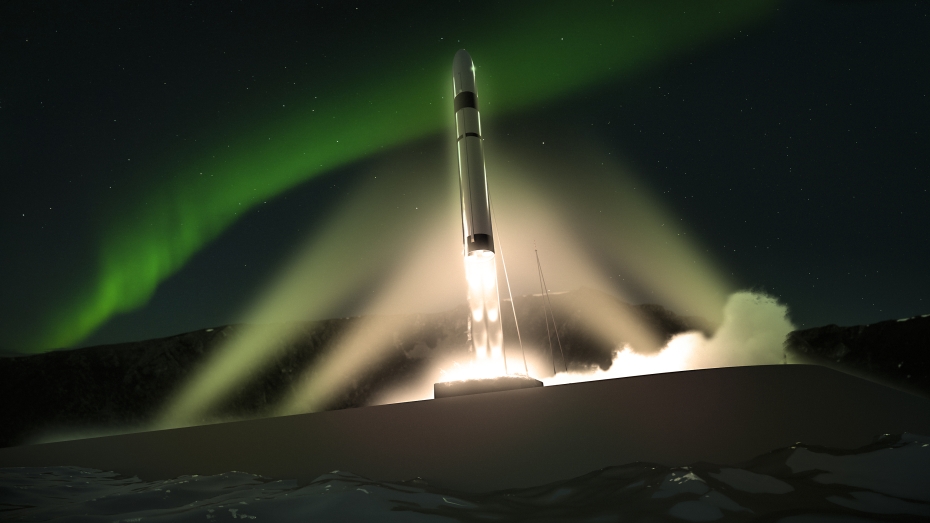
Fountains in the sky — Following Earth’s leaky atmosphere into space
Kontaktpersoner for arrangementet:
Pål Pettersen
E-post: pal.pettersen@dnva.no
Aslaug Kleppe Lyngra Fuchs
E-post: a.k.l.fuchs@dnva.no
Birkelandforeleser 2022 er Dr. Douglas Rowland, NASA Goddard Space Flight Center. Se opptak nederst i saken.
Program:
Kl. 17.30 Velkommen ved Øyvind Sørensen, Direktør ved Det Norske Videnskaps-Akademi
Kl. 17.45 Innledningsforelesning: Forskning og innovasjon;
"From Andøya Rocket Range to Andøya Space - We empower explorers"
ved Ketil Olsen, Direktør ved Andøya Space
Kl. 18.05 Utdeling av Yara's Birkelandpris:
Øyvind Sørensen annonserer utdeling av Yara's Birkelandpris
Per Knudsen, Vice President Yara Technology & Projects, redegjør for prisen
Utvalgkomitèen ved Professor Tor Hemmingsen gir begrunnelse for tildelingen
Prismottaker redegjør for sitt doktorgradsarbeid
Kl. 18.40 Birkelandforelesningen:
Rektor ved Universitetet i Oslo introduserer årets foreleser:
Dr. Douglas Rowland, Chief, Ionosphere, Thermosphere, Mesosphere Physics Laboratory, NASA Goddard Space Flight Center, Greenbelt, MD, USA
med forelesningen:
"Fountains in the sky — Following Earth’s leaky atmosphere into space"
Se opptak fra Birkelandsforelesningen:

Oppsummering av forelesningen / abstract of the lecture:
Humanity has discovered thousands of planets beyond our solar system. The more we learn about these worlds, the more we realize how many different ways there are for planets to be – based on their size, their history, how close they are to their sun, whether they have a magnetic field, and many other factors. These factors control whether these planets might be expected to support life, either now or in the past. Even our nearest neighbors, Mars and Venus, have wildly different present conditions but may have had conditions suitable for life at some point in their past. Understanding how planets evolve over billion year timescales is critical to understanding their habitability and also gaining a better understanding of our home planet.
One of the major determinants of habitability is the presence of an atmosphere that is thick enough, but not too thick. Venus has too much atmosphere, leading to a runaway greenhouse effect that makes its surface uninhabitable. Mars has lost much of its atmosphere and water to space, leaving it dry and barren. Earth is in a sweet spot, with (for now) just the right level of atmosphere and plenty of water. Where did Mars’ atmosphere go? And why has Earth retained its atmosphere?
A huge surprise of the space age was the observation that some of Earth’s oxygen is being expelled into space by giant “atmospheric fountains”. This are mysterious, because Earth is massive enough that oxygen should be held in by Earth’s gravity. And yet somehow a portion of the oxygen was getting superheated, by a factor of ten or more. This would be like driving from Oslo to Tromsø, but making it in under two hours! Similar processes have been seen to operate on Venus, and may be responsible for Mars losing much of its atmosphere over its lifetime.
These “atmospheric fountains” represent a steady “leak” in our atmosphere. Not to worry – even with this leak our atmosphere will last for billions more years! But these fountains, if they are strong on exoplanets, may render such planets uninhabitable over billions of years.
I will present measurements of such atmospheric fountains that we have observed near Svalbard, and in Alaska, which were observed by NASA sounding rockets in 2013 and 2018. I will describe the excitement of developing these missions, the launch campaigns, and the wonderful international partnerships that have led to advancing our scientific understanding of Earth’s “leaky” atmosphere.
Arrangementet avsluttes med festmiddag i Akademiets spisesal.
Kl. 19.30 Aperitiff
Kl. 20.00 Middag
NB! Vi gjør oppmerksom på at informasjonen i teksten over kan endres.